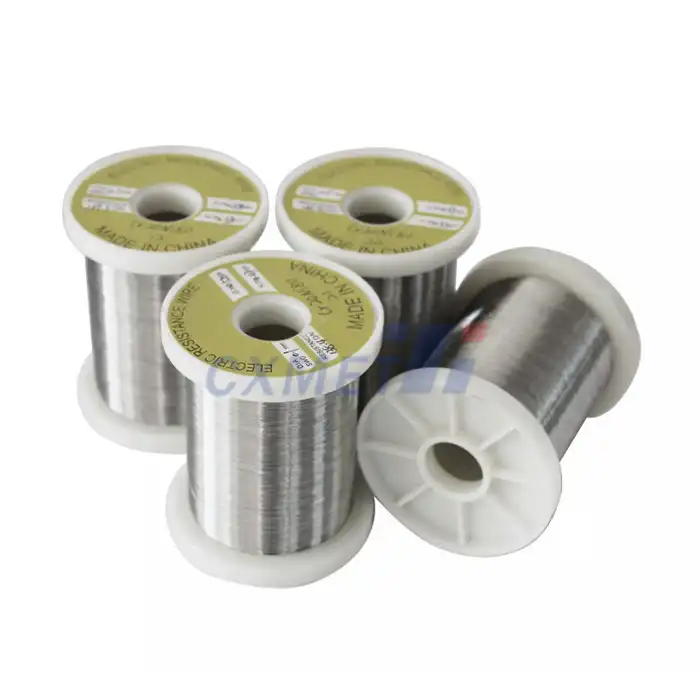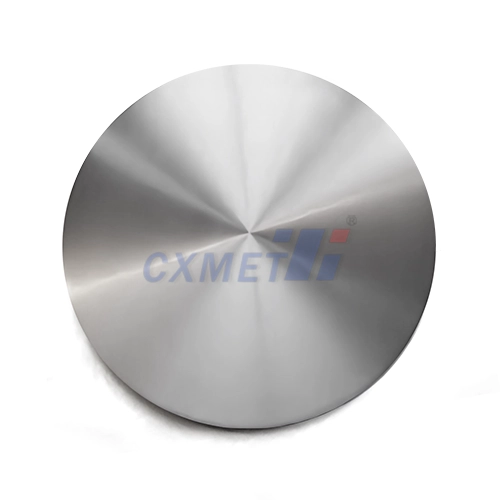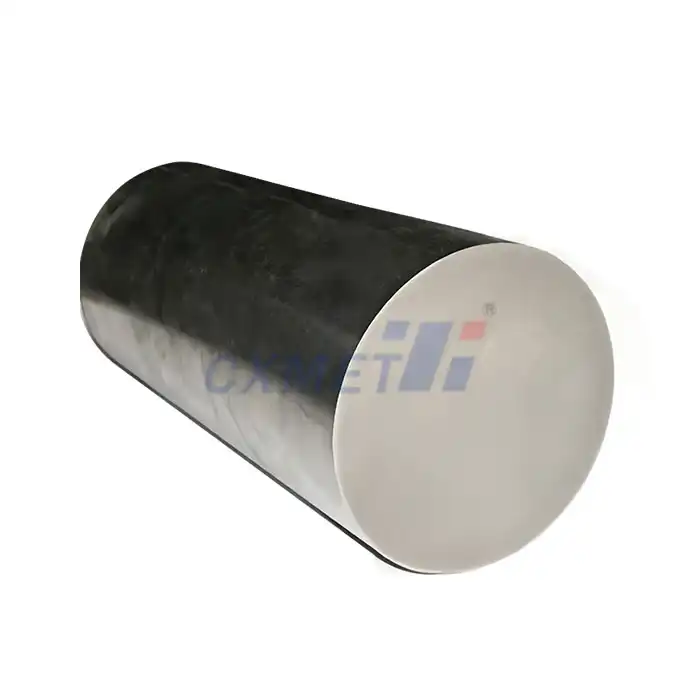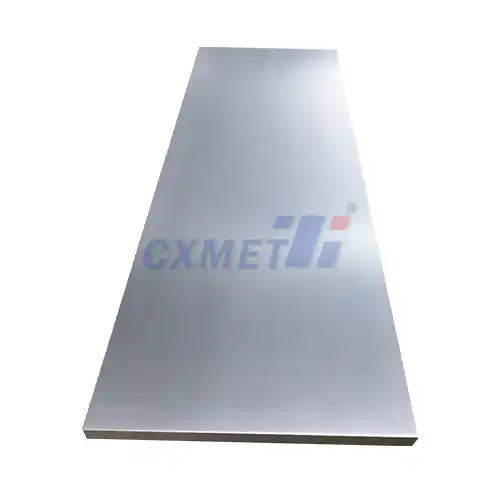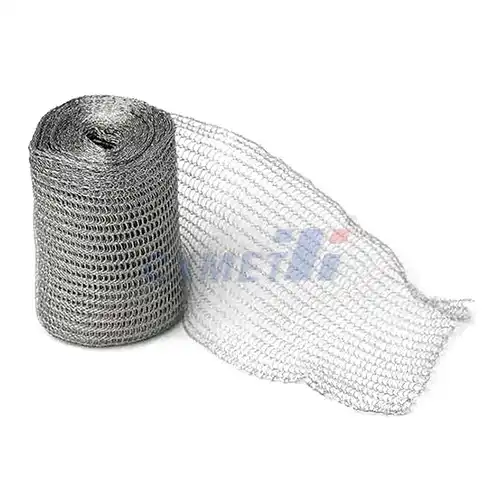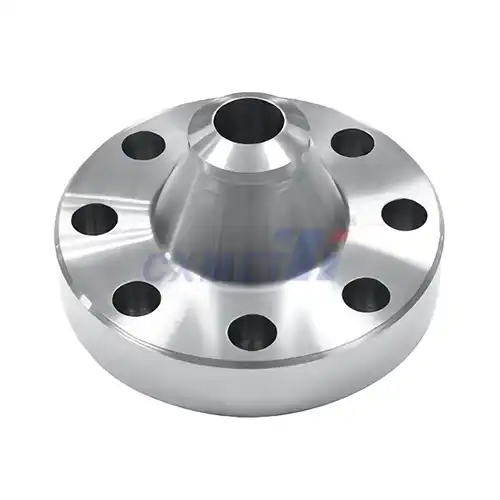- English
- French
- German
- Portuguese
- Spanish
- Russian
- Japanese
- Korean
- Arabic
- Greek
- German
- Turkish
- Italian
- Danish
- Romanian
- Indonesian
- Czech
- Afrikaans
- Swedish
- Polish
- Basque
- Catalan
- Esperanto
- Hindi
- Lao
- Albanian
- Amharic
- Armenian
- Azerbaijani
- Belarusian
- Bengali
- Bosnian
- Bulgarian
- Cebuano
- Chichewa
- Corsican
- Croatian
- Dutch
- Estonian
- Filipino
- Finnish
- Frisian
- Galician
- Georgian
- Gujarati
- Haitian
- Hausa
- Hawaiian
- Hebrew
- Hmong
- Hungarian
- Icelandic
- Igbo
- Javanese
- Kannada
- Kazakh
- Khmer
- Kurdish
- Kyrgyz
- Latin
- Latvian
- Lithuanian
- Luxembou..
- Macedonian
- Malagasy
- Malay
- Malayalam
- Maltese
- Maori
- Marathi
- Mongolian
- Burmese
- Nepali
- Norwegian
- Pashto
- Persian
- Punjabi
- Serbian
- Sesotho
- Sinhala
- Slovak
- Slovenian
- Somali
- Samoan
- Scots Gaelic
- Shona
- Sindhi
- Sundanese
- Swahili
- Tajik
- Tamil
- Telugu
- Thai
- Ukrainian
- Urdu
- Uzbek
- Vietnamese
- Welsh
- Xhosa
- Yiddish
- Yoruba
- Zulu
What are the Applications of Gr23 Medical Titanium Rod in the Medical Field?
2024-08-16 11:17:59
Gr23 Medical Titanium Rod, also known as Ti-6Al-4V ELI (Extra Low Interstitial), is a high-purity titanium alloy that has gained significant popularity in the medical field due to its exceptional properties. This advanced material combines strength, biocompatibility, and corrosion resistance, making it an ideal choice for various medical applications. In this blog post, we'll explore the diverse uses of Gr23 Medical Titanium Rod and its impact on modern healthcare.
What are the advantages of using Gr23 Medical Titanium Rod in orthopedic implants?
Gr23 Medical Titanium Rod has revolutionized the field of orthopedic implants, offering numerous advantages over traditional materials. Its high strength-to-weight ratio allows for the creation of lightweight yet durable implants, reducing patient discomfort and improving mobility. The material's excellent biocompatibility minimizes the risk of allergic reactions or rejection by the body, promoting faster healing and reducing complications.
One of the most significant advantages of Gr23 Medical Titanium Rod in orthopedic implants is its ability to osseointegrate. This process involves the direct structural and functional connection between living bone tissue and the implant surface. The unique surface properties of Gr23 titanium promote bone cell adhesion and growth, leading to a stronger and more stable implant-bone interface. This enhanced integration results in improved long-term outcomes for patients, reduced implant failure rates, and increased implant longevity.
Moreover, the corrosion resistance of Gr23 Medical Titanium Rod is crucial in the harsh environment of the human body. Unlike some other metals, titanium does not release harmful ions or particles that could potentially cause inflammation or other adverse reactions. This property ensures that the implant remains stable and functional for extended periods, reducing the need for revision surgeries and improving the overall quality of life for patients.
The versatility of Gr23 Medical Titanium Rod allows for its use in various orthopedic applications, including hip and knee replacements, spinal fusion devices, fracture fixation plates, and intramedullary nails. Its excellent machinability enables the production of complex implant geometries, allowing surgeons to choose the most appropriate design for each patient's unique anatomy and condition.
Furthermore, the low elastic modulus of Gr23 titanium, which is closer to that of human bone compared to other metals, helps reduce stress shielding. This phenomenon occurs when an implant takes on a majority of the load-bearing responsibilities, leading to bone resorption and potential implant loosening. By minimizing stress shielding, Gr23 Medical Titanium Rod implants promote better bone health and long-term stability.
How does Gr23 Medical Titanium Rod contribute to the advancement of dental implants?
In the field of dentistry, Gr23 Medical Titanium Rod has emerged as a game-changer for dental implants. Its exceptional properties have allowed for significant advancements in implant design, durability, and patient outcomes. The material's biocompatibility is particularly crucial in the oral environment, where it must withstand constant exposure to saliva, bacteria, and varying pH levels.
One of the primary benefits of using Gr23 Medical Titanium Rod in dental implants is its ability to osseointegrate with the jawbone. This process, first discovered by Per-Ingvar Brånemark in the 1950s, forms the foundation of modern dental implantology. The surface of Gr23 titanium implants can be modified through various techniques, such as sandblasting, acid-etching, or plasma spraying, to enhance osseointegration. These surface treatments create a microscopic roughness that increases the surface area for bone cell attachment and promotes the formation of a strong bone-implant interface.
The high strength of Gr23 Medical Titanium Rod allows for the creation of smaller, more precisely engineered implants. This feature is particularly beneficial in cases where bone volume is limited, enabling more patients to receive implants without the need for extensive bone grafting procedures. Additionally, the material's strength permits the use of narrower implants in certain situations, preserving more natural tooth structure and improving aesthetic outcomes.
Corrosion resistance is another critical factor in the success of dental implants. Gr23 Medical Titanium Rod's excellent resistance to corrosion in the oral environment ensures the long-term stability and functionality of the implant. This property is essential in preventing implant degradation, which could lead to inflammation, infection, or implant failure.
The low thermal conductivity of Gr23 titanium is an often-overlooked advantage in dental applications. Unlike some other metals, titanium does not readily conduct heat or cold, reducing patient discomfort from temperature changes in the mouth. This property contributes to improved patient comfort and overall satisfaction with the implant.
Furthermore, the use of Gr23 Medical Titanium Rod in dental implants has facilitated the development of advanced implant designs, such as platform switching and microthreaded implants. These innovations aim to preserve peri-implant bone levels, improve soft tissue aesthetics, and enhance long-term implant success rates.
The versatility of Gr23 titanium extends beyond just the implant itself. It is also used in the production of abutments, healing caps, and other prosthetic components, ensuring compatibility and optimal performance throughout the entire implant system.
What role does Gr23 Medical Titanium Rod play in cardiovascular devices?
Gr23 Medical Titanium Rod has found increasing applications in the field of cardiovascular medicine, particularly in the development of advanced medical devices. Its unique combination of properties makes it an excellent choice for various cardiovascular applications, from stents and heart valve components to pacemaker casings and artificial heart parts.
In the realm of coronary stents, Gr23 Medical Titanium Rod offers several advantages. Its high strength-to-weight ratio allows for the creation of thin, flexible stents that can be easily deployed through minimally invasive procedures. The material's biocompatibility is crucial in this application, as it minimizes the risk of thrombosis and restenosis – two common complications associated with stent implantation. Additionally, the corrosion resistance of Gr23 titanium ensures the long-term stability of the stent in the harsh environment of the bloodstream.
The use of Gr23 Medical Titanium Rod in heart valve components, particularly in mechanical heart valves, has significantly improved their performance and durability. The material's excellent wear resistance and low friction coefficient contribute to smoother valve operation and reduced risk of blood clot formation. Furthermore, its resistance to corrosion and fatigue ensures the longevity of the valve, potentially reducing the need for repeat surgeries.
In the field of cardiac rhythm management, Gr23 Medical Titanium Rod plays a crucial role in the manufacturing of pacemaker and implantable cardioverter-defibrillator (ICD) casings. The material's lightweight nature minimizes patient discomfort, while its biocompatibility reduces the risk of tissue reactions or device encapsulation. The electromagnetic properties of titanium also allow for efficient transmission of electrical signals, which is essential for the proper functioning of these devices.
The development of ventricular assist devices (VADs) and total artificial hearts has also benefited from the use of Gr23 Medical Titanium Rod. Its high strength enables the creation of durable pump components that can withstand the demanding conditions of continuous blood flow. The material's biocompatibility is particularly crucial in these long-term implantable devices, as it helps prevent complications such as thromboembolism and infection.
Moreover, the non-ferromagnetic nature of Gr23 titanium makes it compatible with magnetic resonance imaging (MRI) procedures. This property is increasingly important as MRI becomes a standard diagnostic tool, allowing patients with titanium-based cardiovascular implants to undergo these imaging procedures safely.
The use of Gr23 Medical Titanium Rod in cardiovascular devices has also facilitated advancements in surface modification techniques. For example, titanium surfaces can be treated to incorporate drug-eluting coatings, which can help prevent complications such as restenosis in stents or reduce the risk of infection in implantable devices.
In conclusion, Gr23 Medical Titanium Rod has proven to be an invaluable material in the medical field, revolutionizing orthopedic implants, dental implants, and cardiovascular devices. Its unique combination of strength, biocompatibility, corrosion resistance, and versatility has enabled significant advancements in medical technology, improving patient outcomes and quality of life. As research continues and manufacturing techniques evolve, we can expect to see even more innovative applications of Gr23 Medical Titanium Rod in the future of healthcare.
At SHAANXI CXMET TECHNOLOGY CO., LTD, we take pride in our extensive product range, which caters to diverse customer needs. Our company is equipped with outstanding production and processing capabilities, ensuring the high quality and precision of our products. We are committed to innovation and continuously strive to develop new products, keeping us at the forefront of our industry. With leading technological development capabilities, we are able to adapt and evolve in a rapidly changing market. Furthermore, we offer customized solutions to meet the specific requirements of our clients. If you are interested in our products or wish to learn more about the intricate details of our offerings, please do not hesitate to contact us at sales@cxmet.com. Our team is always ready to assist you.
References:
1. Niinomi, M. (2019). Titanium alloys for biomedical applications. In Metals for Biomedical Devices (pp. 355-382). Woodhead Publishing.
2. Rack, H. J., & Qazi, J. I. (2006). Titanium alloys for biomedical applications. Materials Science and Engineering: C, 26(8), 1269-1277.
3. Elias, C. N., Lima, J. H. C., Valiev, R., & Meyers, M. A. (2008). Biomedical applications of titanium and its alloys. Jom, 60(3), 46-49.
4. Oldani, C., & Dominguez, A. (2012). Titanium as a biomaterial for implants. In Recent advances in arthroplasty. IntechOpen.
5. Liu, X., Chu, P. K., & Ding, C. (2004). Surface modification of titanium, titanium alloys, and related materials for biomedical applications. Materials Science and Engineering: R: Reports, 47(3-4), 49-121.
6. Geetha, M., Singh, A. K., Asokamani, R., & Gogia, A. K. (2009). Ti based biomaterials, the ultimate choice for orthopaedic implants–a review. Progress in materials science, 54(3), 397-425.
7. Wang, K. (1996). The use of titanium for medical applications in the USA. Materials Science and Engineering: A, 213(1-2), 134-137.
8. Brunette, D. M., Tengvall, P., Textor, M., & Thomsen, P. (Eds.). (2012). Titanium in medicine: material science, surface science, engineering, biological responses and medical applications. Springer Science & Business Media.
9. Sáenz de Viteri, V., & Fuentes, E. (2013). Titanium and titanium alloys as biomaterials. In Tribology-Fundamentals and advancements. IntechOpen.
10. Heimke, G., Leyen, S., & Willmann, G. (2002). Knee arthoplasty: recently developed ceramics offer new solutions. Biomaterials, 23(7), 1539-1551.
